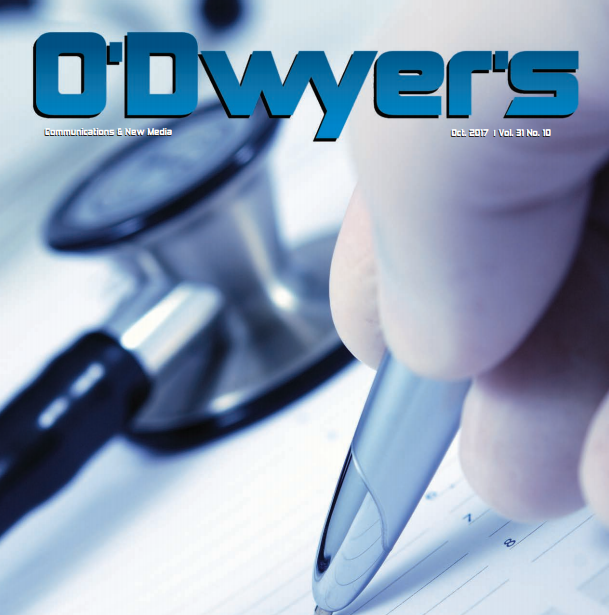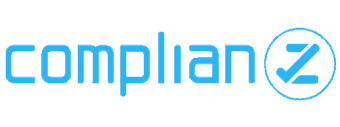Three Public Health Issues to Watch in 2024 and What They Mean for Health Communicators
With a new year comes a new reality in health communications. Public health is grappling with ongoing and new challenges that will inevitably impact our field. As a public relations professional with a master’s degree in public health, I track health care industry trends to help clients navigate the complexities of their work. Here are some of the major health care trends to watch in 2024.
The Controversial Role of A.I. in the Future of Health Care
Artificial Intelligence has permeated seemingly every industry and health care is no exception. Some experts actually predict health is the field where AI may play one of its most controversial roles.
Some are optimistic about technology’s ability to alleviate a few of health care’s pressing issues, such as clinician burnout, patient outreach barriers and diversity in clinical trials. This was a topic of discussion among panelists at the Milken Institute’s 2023 Future of Health Summit. One panelist noted that AI could help in the battle against the spread of public health misinformation – one of the biggest challenges during the COVID-19 pandemic. For instance, there are researchers and companies dedicating resources to developing AI technology that can automatically detect fake news online. And growing attention to the dangers of AI has spurred the call for teaching basic media literacy in schools, so the public can detect fake news on its own.
Of course, the bigger concern among public health professionals is the direct negative impact of AI on the field. While policies have been enacted to try to restrict AI, such as President Biden’s recent executive order for our country’s health organizations to create a regulatory plan, many experts are concerned that there is no effective way to control it.
These issues will directly impact the work that health care communications professionals do for our clients. The spread of misinformation via AI poses reputational risks for clients. And as AI grows, trust among the public dwindles. It’s likely that in the future, we will not only be communicating key messages, we will also have to counteract falsehoods and find new ways to ensure our clients are seen as credible and reliable sources of information. This will make our jobs even more important to ensure that we are cutting through the noise and getting our clients’ messages right.
Climate Change and Structural Racism
The issue of climate change has been looming over the planet for decades. But researchers are telling us it’s no longer just a threat – it’s our reality. The effects of climate change are being felt in health care. According to the Environmental Protection Agency, climate change is linked to the increase in respiratory illnesses and pest-related diseases, such as Lyme disease. It’s also connected to poor mental health and increases in violent crime.
There is also a growing divide in who is impacted by the effects of climate change. Maranda Ward, EdD, MPH, assistant professor of clinical research and leadership at George Washington University says the impact of climate change on minority populations in particular will be one of the biggest issues facing public health. “Climate change is impacting us all, especially given the role of environmental racism,” she said. “The reason there remains a disproportionate impact on historically disinvested neighborhoods is because of structural inequity.”
In the past few years, we have seen a growing number of organizations looking to address structural racism by funding diversity equity and inclusion (DEI) programs as well as environmental justice initiatives. But the recent Supreme Court ruling to end affirmative action has set off an anti-DEI movement in politics, business, and academics, as reported by Erica Pandey of Axios. We are now seeing funding cuts for DEI programs being pushed on both sides of the aisle.
It is likely that this trend will have an impact on the kind of work that comes through the doors for health communicators. DEI programs that continue to be a priority will likely need to take a different approach as far as communications. We may need to add messaging about how these programs help society as a whole through their mission and purpose, to ensure they remain in place and that they are able to continue the important work they are doing.
The Polarization of Health Care
Over the years, health care has become increasingly polarized, and this trend is likely to be amplified in 2024 with the upcoming presidential election. Health care issues will become a focal point during campaign season, as they always do, and this will only make current hot-button issues even more polarizing.
During the COVID-19 pandemic, health communicators had to work tirelessly against the politicization of public health messaging to ensure our clients’ campaigns could break through and reach target audiences. One of the best examples of polarization in health care is the changing public perception of vaccines. Since the late 1940s, vaccines have been an accepted form of preventative medicine among most Americans. This changed around 2008, when according to a recent report by the CUNY Graduate Center, Republicans began to show more skepticism toward vaccines. This divide was heightened during the COVID-19 pandemic and there are no signs that this will change. Recently, the CDC reported increased vaccine exemption rates among kindergarteners in 41 states.
While there will be many serious challenges on the horizon for health communicators in 2024, there will also be promising opportunities to help clients reduce clinician burnout, improve access to care and increase confidence in scientific breakthroughs. As long as we stay on top of the trending issues within public health, we can help our clients stay ahead.



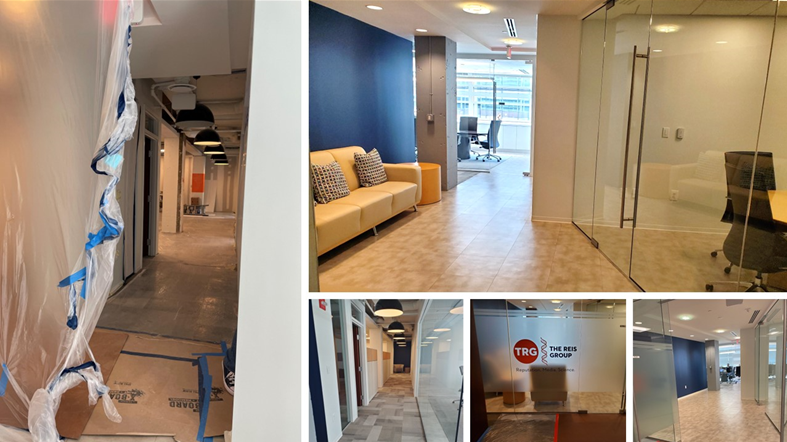



 For our clients, in-person scientific meetings came to an abrupt halt. Now the virtual or hybrid annual meeting is here to stay. A recent issue of
For our clients, in-person scientific meetings came to an abrupt halt. Now the virtual or hybrid annual meeting is here to stay. A recent issue of 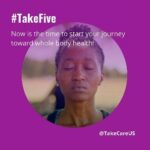 For one of our in-person community-based campaigns, we shifted everything online and eliminated all printed materials. One of our clients was in the middle of testing a campaign focused on health and well-being, focused on reaching the underserved population in five pilot markets. The “TakeCare” project is all about the power that every one of us has to improve our own health and well-being. What makes this campaign different and exciting is the use of newly produced documentary film shorts with real people taking small steps to make real changes in their lives. These films make emotional connections and inspire behavior change. Since we could no longer be in-market, we pivoted quickly to online. Within 30 days, we launched a digital micro-campaign within TakeCare, to specifically help people during COVID-19. We released five engaging film shorts that shared powerful stories of people who have transformed their health and well-being through small steps, and highlighting topics that were particularly relevant in the new environment: stress relief, building community, finding meaning and purpose.
For one of our in-person community-based campaigns, we shifted everything online and eliminated all printed materials. One of our clients was in the middle of testing a campaign focused on health and well-being, focused on reaching the underserved population in five pilot markets. The “TakeCare” project is all about the power that every one of us has to improve our own health and well-being. What makes this campaign different and exciting is the use of newly produced documentary film shorts with real people taking small steps to make real changes in their lives. These films make emotional connections and inspire behavior change. Since we could no longer be in-market, we pivoted quickly to online. Within 30 days, we launched a digital micro-campaign within TakeCare, to specifically help people during COVID-19. We released five engaging film shorts that shared powerful stories of people who have transformed their health and well-being through small steps, and highlighting topics that were particularly relevant in the new environment: stress relief, building community, finding meaning and purpose.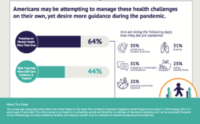 Surveys and polls are more popular than ever for the news media. I’ve never seen so many polls covered in the news, posted on social media, and written about by the trades, aside from election season. In just a single week, I counted at least 10 polls covered by Google News before I stopped counting! There was the Harris Poll, Politico/Harvard poll, CNN poll, Quinnipiac University poll, Fox News poll, Kaiser Family Foundation Tracking, USA Today/IPSOS poll, and more. The abundance of survey findings tells us two things. First, they work. Second, they provide your client an opportunity to stay relevant, if you can find something newsworthy to add.
Surveys and polls are more popular than ever for the news media. I’ve never seen so many polls covered in the news, posted on social media, and written about by the trades, aside from election season. In just a single week, I counted at least 10 polls covered by Google News before I stopped counting! There was the Harris Poll, Politico/Harvard poll, CNN poll, Quinnipiac University poll, Fox News poll, Kaiser Family Foundation Tracking, USA Today/IPSOS poll, and more. The abundance of survey findings tells us two things. First, they work. Second, they provide your client an opportunity to stay relevant, if you can find something newsworthy to add.

